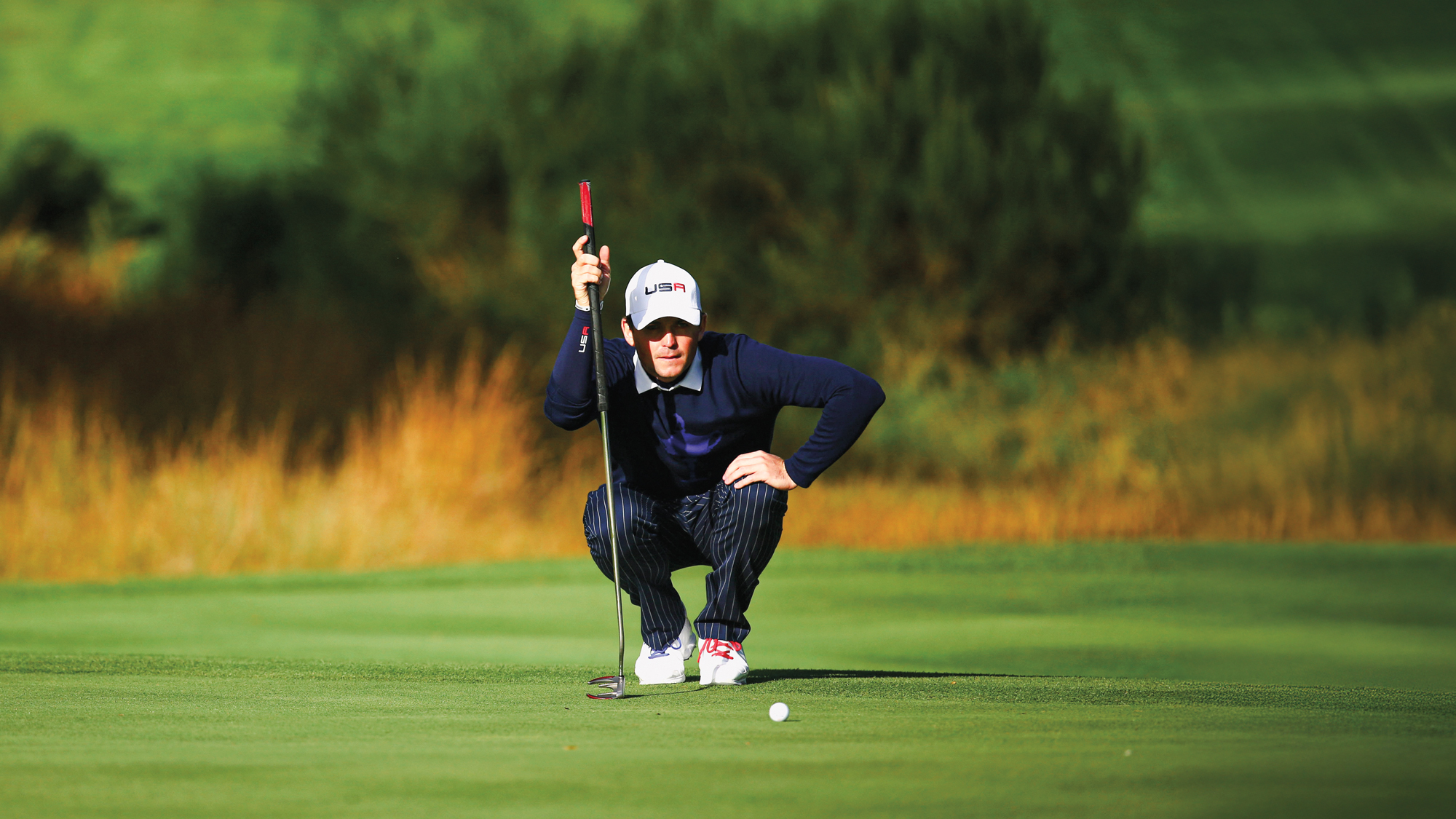
nyone for Rory McIlroy and Patrick Reed flicking birdies instead of tee pegs at each other with a Green Jacket on the line? How about throwing Justin Thomas and Dustin Johnson into the mix for some intoxication in pursuit of the Claret Jug? Scottie Scheffler versus Brooks Koepka in a battle of the big beasts for the man-sized Wanamaker Trophy perhaps? And who might emerge victorious should the U.S. Open turn into a tag match between fence-sitters Patrick Cantlay and Xander Schauffele or Euro-stars Matt Fitzpatrick and Viktor Hovland? Does anyone remember the days of Tiger and Phil? Theirs was a fierce rivalry between birds of a very different feather across numerous branches of conflict. Ditto Faldo and Norman, Jack and Arnie, Snead and Hogan. Golfers as adversaries, they say, ’twas ever thus! Or was it?

Tournament golf has become a reluctant battlefield with no apparent end to hostilities in sight. Greg Norman’s Saudi paymasters keep poaching talent from the ranks of veterans and also-rans, while the peacock performers preen, pout and posture in their patchwork Player Impact Program paradise. Lawyers and courtroom flunkeys salivate at the prospect of sequestering untold riches from a sport that has been too honorable for its own good in the past. And those who choose to occupy the moral high ground steam with indignant boiling rage at the gross unfairness of it all.
No… Planet Golf has veered mightily off course in recent times and is a long way from home. But at the center of every universe are sources of light and gravity, and for our fractured game these opportunities for salvation are the four major championships.
For many fans, confused and frustrated by the events of the previous 12 months, the historic landmarks in golf’s 2023 calendar cannot arrive fast enough.
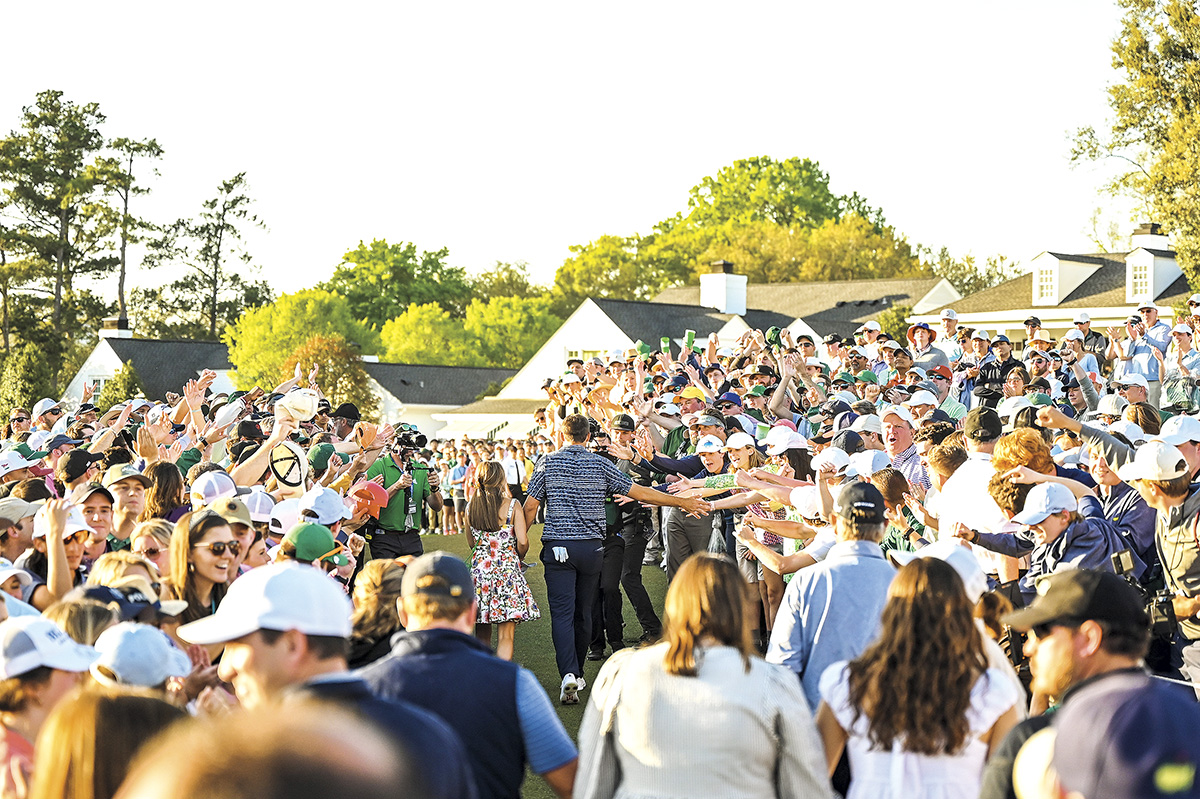
First up, for the 87th time, is the Masters at Augusta National. Scheffler earned the right to host the Champions’ Dinner after an enterprising weekend of shot-making and luck-riding last April, and who’s to say he won’t produce similar exploits in his first defense?
The rangy young Texan has been a model of consistency since his breakthrough in 2021, and he regained the world number-1 spot with a successful defense of the Phoenix Open in February. But to retain the Masters he would be going where only three men have gone before—Jack Nicklaus, Sir Nick Faldo and Tiger Woods.
That is quite a roll call, and to join their illustrious company Scheffler will need to overcome a fearsome array of challengers, all of whom, like him, are at or near their prime.
As every partisan and neutral fan of the game knows, McIlroy is just a Green Jacket short of completing only the sixth career grand slam in the history of the modern majors—following Gene Sarazen, Ben Hogan, Nicklaus, Gary Player and Woods. He was second by three shots to Scheffler in 2022, but there is little doubt he has served his dues at Augusta National, where he has recorded seven top-10 finishes in the past nine years.
The alumni of former Masters champions now gorging themselves on the Saudi Public Investment Fund’s banquet—Reed, Johnson, Sergio Garcia, Charl Schwartzel, Bubba Watson and Phil Mickelson—cannot be discounted either. Whether or not they all turn up, surely one of them, at least, will be there at the death, intent on ruffling more than a few establishment feathers.
But the Masters, above all, is a botanical hothouse that rewards the excellence, imagination and boldness of tall poppies. Into that category come Jon Rahm, Thomas, Cameron Smith, Collin Morikawa and Jordan Spieth, all still in their 20s. Spieth has blossomed before, in 2015, and it could only be a matter of time before he is joined in the pantheon by the other four.
However, since the Masters came into being, back in 1934, there have been players, giants of the game during their appointed era, who have failed to make the Sunday stride into the Butler Cabin despite being eminently qualified. Think Walter Hagen, Lee Trevino, Norman, Ernie Els and Jim Furyk, to name but a few.
And, of course, there have always been surprise winners. Before Danny Willett in 2016, we had Zach Johnson (2007), Trevor Immelman (2008) and his fellow South African Schwartzel (2011). Who knows, 2023 could deliver another unsung hero, and who better to call the feat in the CBS booth alongside his holiness Jim Nantz than Immelman, golf TV’s new pin-up boy?
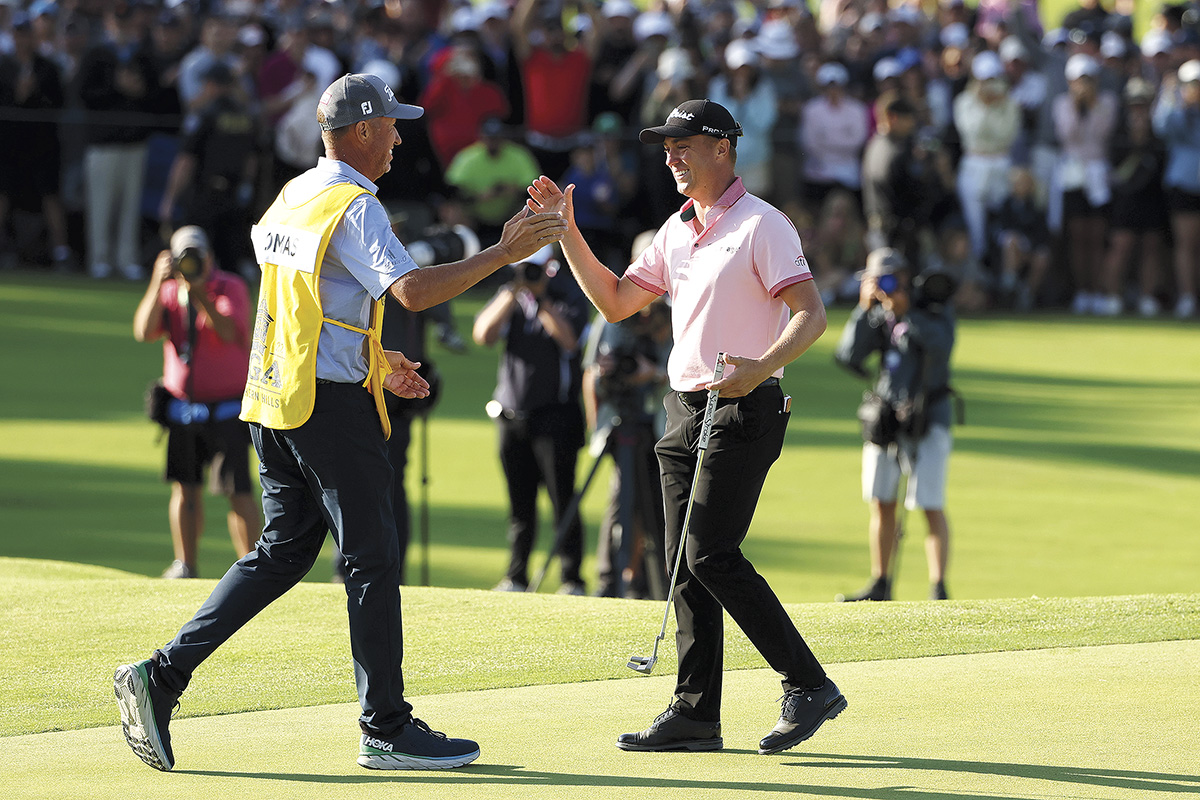
Little more than a month after the patrons have shuffled off their Augusta coil, the glitterati will reconvene over the East Course at Oak Hill Country Club in upstate New York for the 105th PGA Championship. Thomas, the son and grandson of PGA professionals, will be defending the title he won for a second time at Southern Hills last May via a playoff with Will Zalatoris, but one suspects he will need to be more accurate off the tee than usual if he is to complete a hat-trick. His great pal Spieth will face similar challenges as he homes in on this elusive title for his own grand slam of majors.
Whatever happens, the grand old Rochester arboretum will, by all accounts, be less tree-lined than before, but it will no doubt play as tight as ever with encroaching rough with the constitution of knotted spinach, and sunken bunkers that can confound many an aspiration. The greens, though, are likely to be bigger than before, and less sloping, and perhaps not too quick given the time of year. It is therefore anyone’s guess whether Oak Hill will be its usual miserly self in cold, breezy, early-season conditions or an open invitation to a birdie-fest.
More guesswork will be required when assessing the prospect of the 123rd U.S. Open in June at Los Angeles Country Club, which will be making its major championship debut well into its 13th decade. There is no form to go on when assessing the challenges that are likely to be posed by the North Course, and which players might prosper, though the USGA is already sufficiently impressed with Gil Hanse’s makeover to award it the 2039 U.S. Open as well.
As an aside, the 16-year gap will give everyone concerned plenty of time to make corrections should the examination paper in June prove too quirky, and the USGA’s caution is understandable after the qualified success of recent U.S. Opens at first-time venues Chambers Bay and Erin Hills.
Still, experiment though this may be, the natural terrain at Los Angeles CC offers numerous elevation changes along with spectacular views of Beverly Hills and Downtown L.A., while the lavish bunkering and well-protected greens provide a subtle antidote to the distances that modern players hit their shots on standard PGA Tour courses.
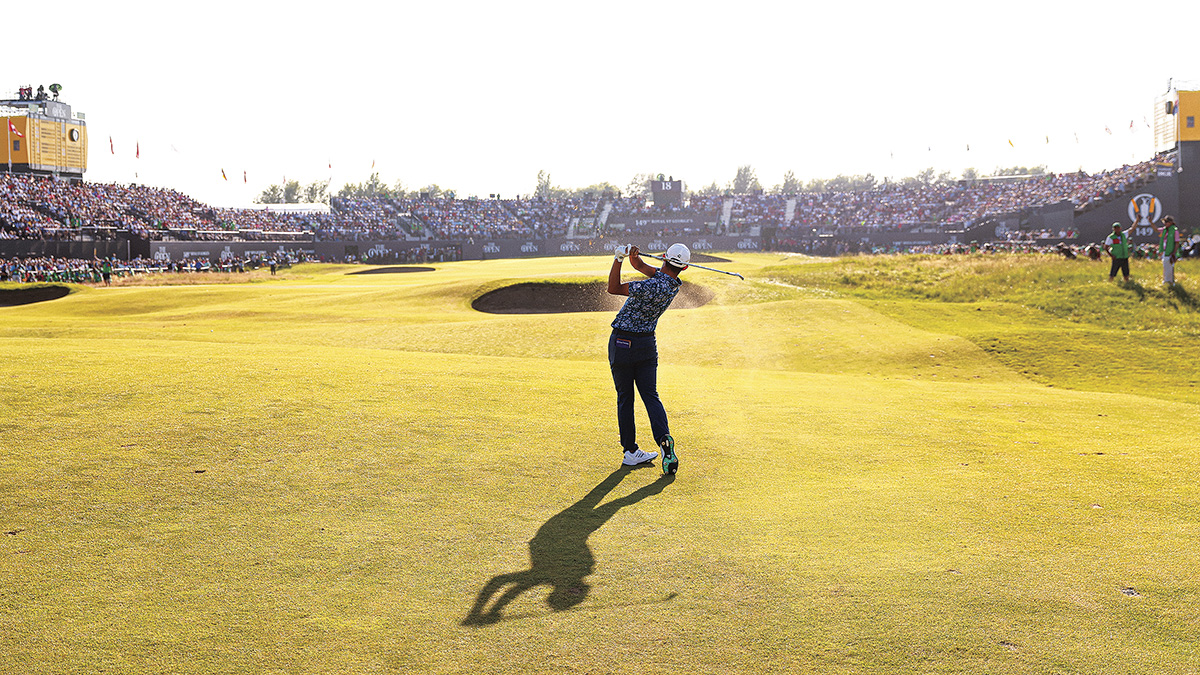
Without question, the North Course has been restored to the satisfaction of purists. The fairways will be fast and firm, the greens slick yet not particularly undulating, and the rough exactly where you would expect U.S. Open rough to be. The penalties for too much ambition and imprecision off the tee will, in some cases, be terminal. Repentant players might well wish to seek sanctuary after exposure to such torture in the Playboy Mansion next door. We’ll see!
As far as is known, there is no monument to the late Hugh Hefner in Hoylake, where Royal Liverpool will be hosting The Open for a 13th time in July. There will be plenty of bunnies in the surrounding undergrowth, but this is definitely not a course on which a rabbit is likely to triumph.
The last two ‘Champion Golfers’ here are named Woods and McIlroy, and the pedigree of this venerable links suggests that their successor will be far from unworthy.
Woods, surely, will be there—to play and, if his body holds up, to contend. The course is as flat as the pancakes they love to make in this part of the world, in contrast to Augusta National and Los Angeles Country Club, where his participation is likely to depend on how confidently he feels about his fitness.
McIlroy, after his stellar though major-less year in 2022, will be a strong favorite with both the bookies and the galleries, but another popular winner would be Rickie Fowler, joint second in 2014 and now happily emerging from the doldrums that have submerged his game over the last four years.
As for the rest of the elite cast who we know will be assembling at all four majors, players like Fitzpatrick, Schauffele, Morikawa, Cantlay, Hovland and Tony Finau can win anywhere when their putters are hot. Veterans like Adam Scott and Justin Rose can have an Indian summer, or even an Indian spring given their Masters records and current form. Near rookies like Zalatoris and Cameron Young will continue to batter on the door. But in all this fog of talent, look out for two Koreans—Tom Kim and his slightly older countryman Sungjae Im.
They are yin and yang. One stoically playing every week come what may, the other a natural star to whom it all comes so effortlessly. Tom Kim is the future of the game, perhaps one to match McIlroy for star quality if not quite Woods, though he has won his first two PGA Tour titles at a younger age than Tiger. He’s personable, intelligent, remarkably fluent in English and a magnificent golfer without any apparent weakness. If not this year, his time will come very soon.
Meanwhile, let the drums roll and battle commence. At least these four championships will be about golf, and not politics. Fingers crossed. Touch Woods.
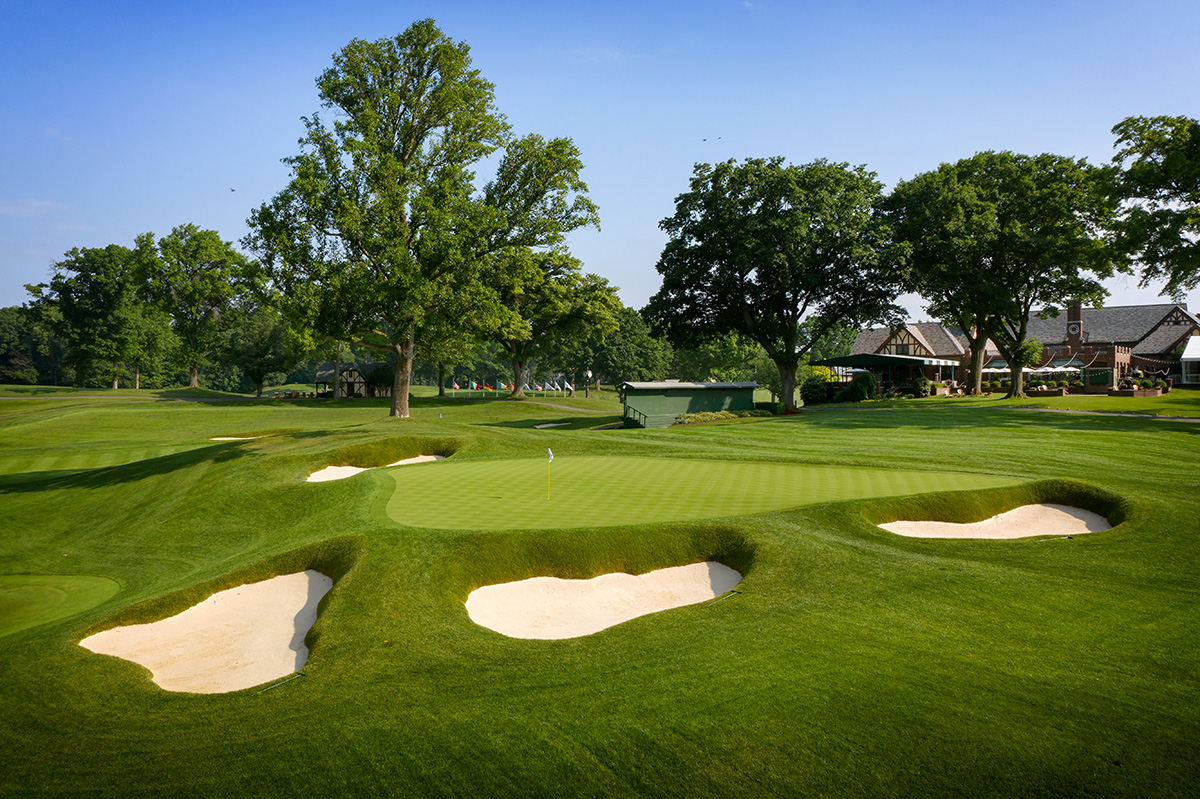
Augusta National GC, GA. April 6-9
The big talking point leading into this year’s Masters, apart from whether Tiger Woods decides he has the stamina to tee it up, is likely to be the extra 35 yards added to the right-to-left, dogleg par-5 13th.
The stretching to 545 yards of this iconic hole, named Azalea, was flagged up several months ago when overhead photography of Amen Corner revealed that the teeing area had been pushed back onto newly acquired land beyond the property’s previous boundary edge. In effect, players will now be driving through a narrow arboreal chute knowing that carrying the trees guarding the corner of the dogleg will be a far harder task than before, if not impossible.
Last year, tournament chairman Fred Ridley acknowledged that due to the increased distances delivered by enhanced equipment technology and players’ improved fitness levels, the hole no longer played as it had been designed by Bobby Jones and Alister MacKenzie. Eagles were abundant as second shots with short-irons had become the norm, but those going for the green over Rae’s Creek this time will generally be using much longer clubs off a less even lie. More risk, probably for less reward.
A similar change to the par-5 15th for last year’s Masters resulted in not one single eagle being carded. The 13th then played as the third-easiest hole behind the two other par-5s, the 2nd and 8th, with an average score of 4.852.
It is believed the Augusta National scorecard for 2023 will show a total length of 7,545 yards with the par unchanged at 72.
Oak Hill CC (East Course), Rochester, NY. May 18-21
Oak Hill began life in 1901 as nine holes beside the Genesee River, with a converted farmhouse for a clubhouse. Two decades later, due to golf’s burgeoning popularity and an irresistible land-swap offer from the University of Rochester, it moved to a much larger site in the suburb of Pittsford, where Donald Ross laid out two 18-hole courses, the East and West.
John Ralston Williams, a local physician and botanist, planted 75,000 oak, maple, elm and evergreen seedlings to line the fairways, and golf writer Sal Maiorana wrote many years later: “As you walk the grounds of Oak Hill, you can’t help but gaze skyward at the majestic trees that dominate the landscape. They soar to the heavens, lending both an unmatched beauty and a treacherous detriment to one’s scorecard.”
The East Course came of age in 1941, when the local Times-Union newspaper posted a $5,000 purse that attracted a field including Walter Hagen, Ben Hogan and Sam Snead, who was the eventual winner. Many changes have been made since then, by Robert Trent Jones Sr. in the early 1960s, and later by Tom Fazio.
However, in recent times it was felt the ubiquitous trees were choking Ross’s original design, so an extensive pruning and felling program, plus a rebuilding of all the greens and bunkers, was initiated three years ago under the supervision of Andrew Green, assisted by 1988 PGA champion Jeff Sluman.
With the work completed, Oak Hill will host its seventh major in May. The previous six were PGA Championships won by Jack Nicklaus (1980), Shaun Micheel (2003) and Jason Dufner (2013), and U.S. Opens won by Cary Middlecoff (1956), Lee Trevino (1968) and Curtis Strange (1989). Other highlights in the East Course’s illustrious history include the 1995 Ryder Cup, two U.S. Amateur Championships, two Senior PGA Championships and the 1984 U.S. Senior Open.
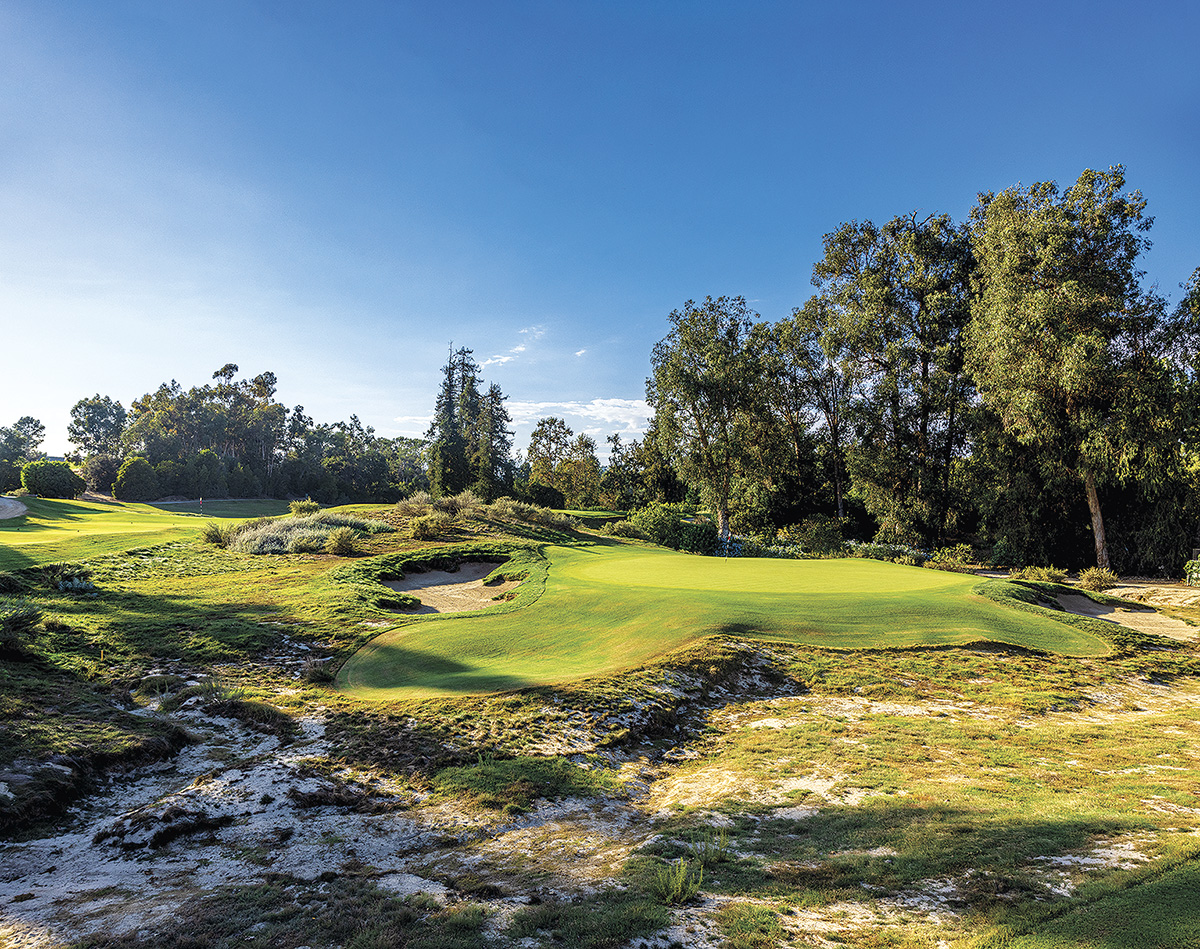
Los Angeles CC (North Course), CA. June 15-18
Major championship golf makes a long overdue return to the Los Angeles area after a gap of 28 years, since the PGA Championship was held at Riviera in Pacific Palisades. The U.S. Open’s only previous appearance in the City of Angels was back in 1948, also at Riviera, when Ben Hogan lifted the trophy for the first time. Now it’s the turn of Los Angeles Country Club, which has never previously hosted a major, to stage the 123rd version of the USGA’s flagship tournament.
Like Oak Hill, LACC also started off as a 9-hole layout, in 1897, with a clubhouse converted from an abandoned windmill. After two relocations, the club found itself ensconced in Beverly Hills and re-opened with two courses, the North and South, in 1911.
Club founders Joe Sartori and Ed Tufts created the original fairways, along with Englishman Norman MacBeth and advisor Charles Orr. Herbert Fowler oversaw a redesign in 1921 and soon after, member George C. Thomas Jr. and architect Billy Bell shaped the two courses that are now in play.
Despite its prolonged absence from golf’s high table, the North Course is far from unknown to the USGA. It hosted the U.S. Women’s Amateur Championship in 1930, when Glenna Collett Vare won the fifth of her record six titles, the U.S. Junior Amateur in 1954 and, most recently, the 2017 Walker Cup.
The North Course was also the home of the Los Angeles Open in 1926, 1934, 1935, 1936 and 1940, when the winners were, respectively, Harry Cooper, Macdonald Smith, Vic Ghezzi, Jimmy Hines and Lawson Little.
In 2010, with a view to returning the North Course to the big time, Gil Hanse restored it to something akin to Thomas’s designs. The USGA obviously likes what it sees, as it has also committed to the U.S. Open returning in 2039 while, in the meantime, the U.S. Women’s Open will be held there in 2032.
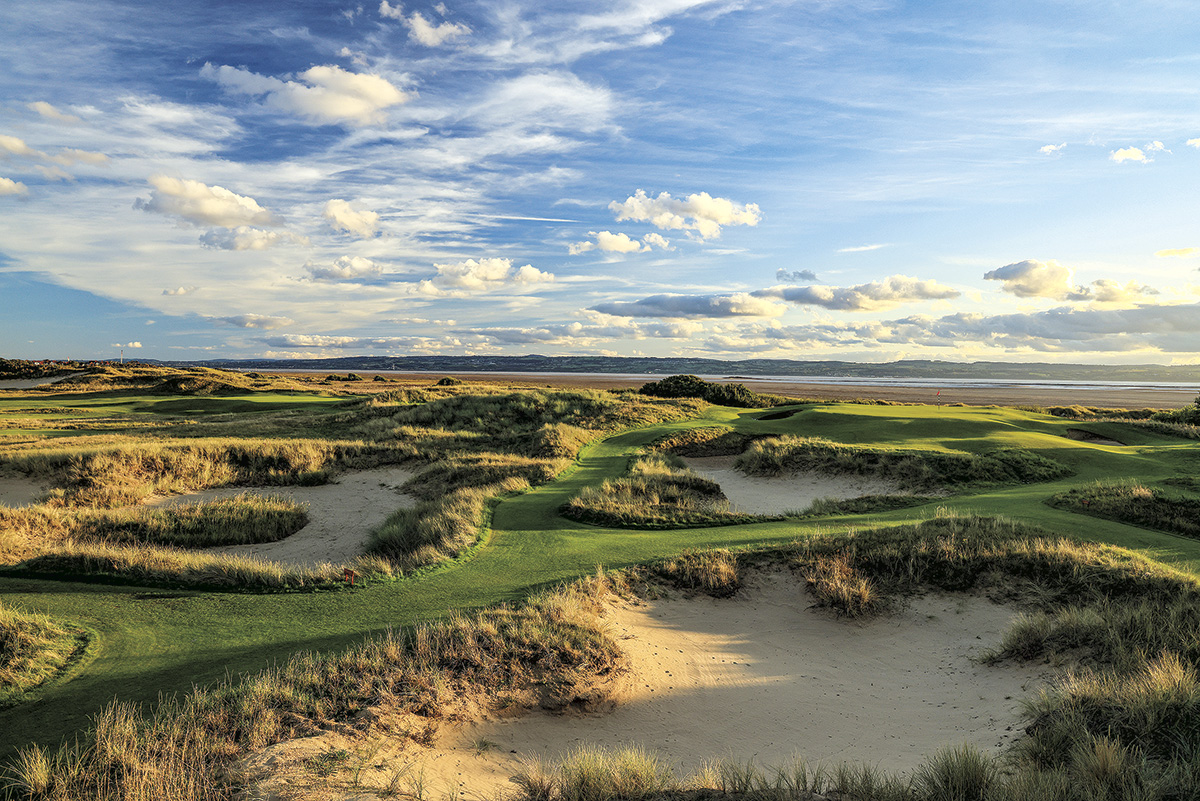
Royal Liverpool GC, July 20-23
The links at Royal Liverpool, next to the Cheshire town of Hoylake on the Wirral Peninsula, is one of the delights of England’s northwest coast—a capricious creature that can be benign on a calm day and a monster when rough weather blows in from the Irish Sea.
Laid out in 1869 on the site of a racecourse, it hosted its first Open in 1897. Local amateur Harold Hilton prevailed but was not eligible for the winner’s purse of £30. Scotsman Sandy Herd won next up in 1902, France’s Arnaud Massey became continental Europe’s first Open champion five years later, and England’s J.H. Taylor took the honors in 1913.
Royal Liverpool’s position as a classic Open venue was consolidated in 1924 and 1930, following a redesign by Harry Colt. The former saw Walter Hagen capture his second Open, while the latter was the second leg of Bobby Jones’s grand slam.
The next four winners were Englishman Alf Padgham (1936), Northern Ireland’s Fred Daly (1947), Australian Peter Thomson—completing a hat-trick of Open triumphs in 1956—and Roberto de Vicenzo of Argentina (1967).
Then followed a 39-year hiatus as the club, the R&A and Wirral Borough Council worked to upgrade the infrastructure around the course. When The Open returned in 2006, the winner, exploiting hot, dry, windless conditions, was Tiger Woods. Royal Liverpool’s 12th Open, in 2014, went to Rory McIlroy, who edged out Rickie Fowler and Sergio Garcia by two shots before claiming the PGA Championship as well, a couple weeks later.
The hope now is for Bernard Darwin’s description of nearly 70 years ago—“Hoylake, blown upon by mighty winds, breeder of mighty champions”—to ring true again for number 13 this summer…
Follow Us On


| Cookie | Duration | Description |
|---|---|---|
| cookielawinfo-checkbox-analytics | 11 months | This cookie is set by GDPR Cookie Consent plugin. The cookie is used to store the user consent for the cookies in the category "Analytics". |
| cookielawinfo-checkbox-functional | 11 months | The cookie is set by GDPR cookie consent to record the user consent for the cookies in the category "Functional". |
| cookielawinfo-checkbox-necessary | 11 months | This cookie is set by GDPR Cookie Consent plugin. The cookies is used to store the user consent for the cookies in the category "Necessary". |
| cookielawinfo-checkbox-others | 11 months | This cookie is set by GDPR Cookie Consent plugin. The cookie is used to store the user consent for the cookies in the category "Other. |
| cookielawinfo-checkbox-performance | 11 months | This cookie is set by GDPR Cookie Consent plugin. The cookie is used to store the user consent for the cookies in the category "Performance". |
| viewed_cookie_policy | 11 months | The cookie is set by the GDPR Cookie Consent plugin and is used to store whether or not user has consented to the use of cookies. It does not store any personal data. |